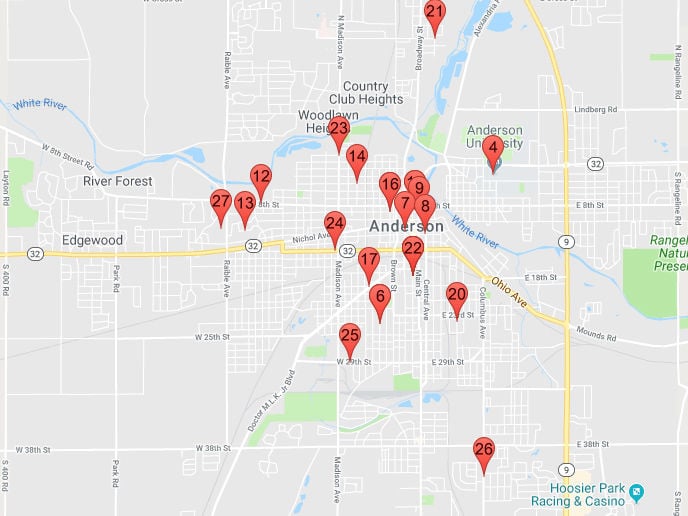


Some 261 gathering points together had room for most, though not all of the county’s population. In 1972 the Kalamazoo Gazette published a list of shelters. Kalamazoo used to have a plan for sheltering from nuclear fallout. “And now you don’t see them as much and with current political things happening, it’s always kind of a thought, like, what would we do, how would we prepare if something were to happen?" Growing up, Sarah says, she used to see signs for fallout shelters. Tell us what in Southwest Michigan makes you curious. “There’s not a lot of room for other people to stand, though, if there were an emergency,” says WMUK listener Sarah Schneider Koning. That’s because, while it now serves as utility space, fifty years ago this room was intended to shelter people from the fallout of a nuclear attack. Those are water canisters that store fresh drinking water,” he says. “On the shelf up here you can still see some resources and materials from the Office of Civil Defense. Two and a half stories underground at First Congregational Church in Kalamazoo, in a room filled with the din of air handlers, Pastor Nathan Dannison points into a recess in the wall.


 0 kommentar(er)
0 kommentar(er)
